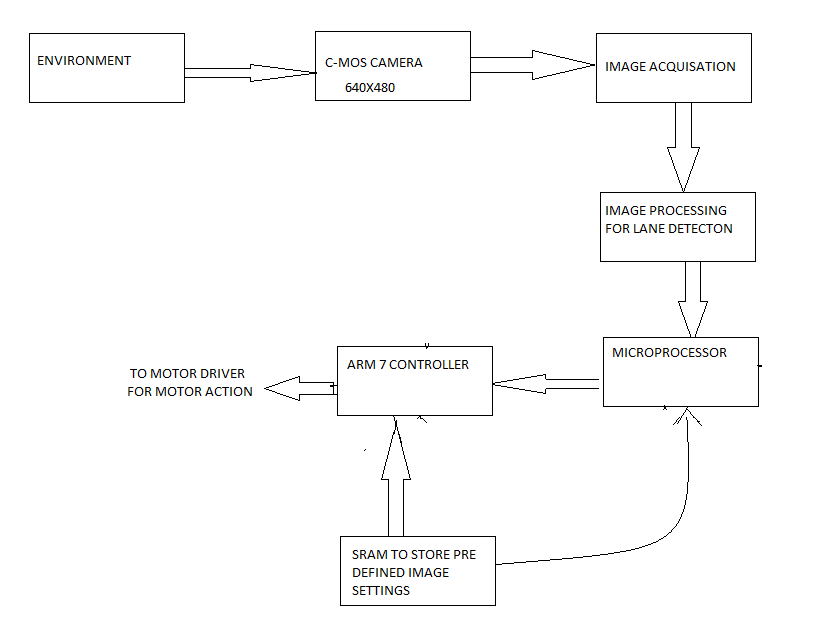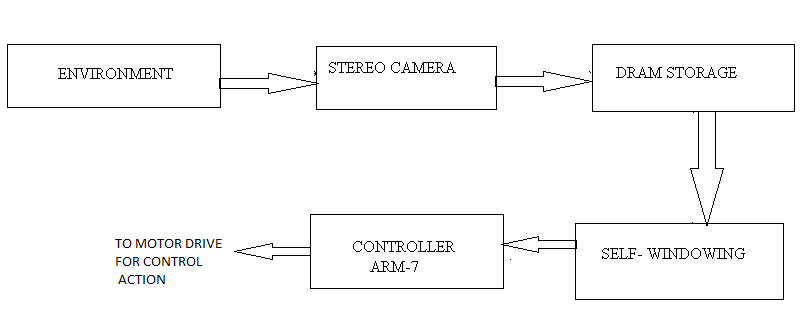The computational robotic feature was developed using a mechanical system engineering approach with emphasis placed on the understanding the inter-relationship between system components and on maximizing the overall system performance.
The Mechanical Engineering Project development of fully autonomous is a very complex task which holds the consideration of several factors. First, the appropriate view of providing and utilizing autonomy must be determined for each application. For example, the sensors used in this robotic project for image analysis and global positioning is high a time-variants, so this will directly create impact on any set of tasks designed.
Here we tried to manipulate the entire operation carried out by the Robotics Engineering itself that is it has its own capacity to take any decision under any environment without interference.
The integration is very difficult because it requires the assembly of many complex sub systems into a high degree of interconnection and synchronization.
From a Mechanical and Electronic engineering perspective, a well-defined architect provides the underlay framework for achieving reliable maintainable cost-effective system. N Such architecture does this by enabling methods coherently integrating diverse physical, functional and disciplinary sub-systems.
Functional block diagram of our robotic model:
General block representation:

When we analysis these blocks we can acquire the solution for given problem

The general block diagram of Final year mechanical project clearly shows the importance of sequential operation to perform to attain the targets.
The camera which acts the eye for the bot which captures the environment and dynamically analyze the variation and is stored in temporary storage device and its being compared by the processor and action is given to the motor.




